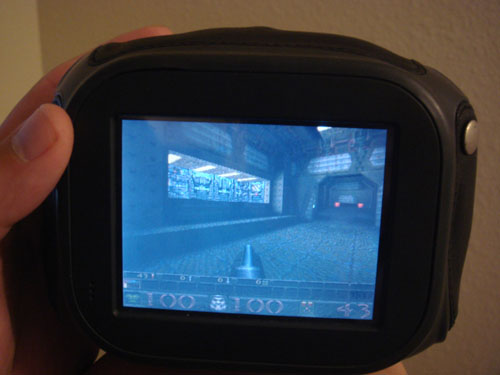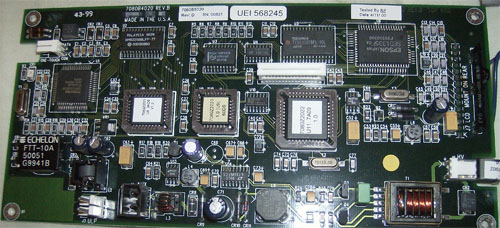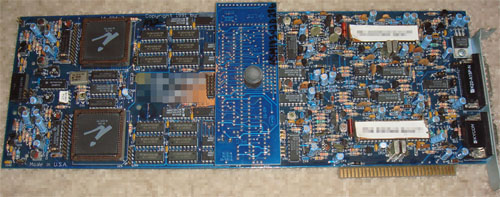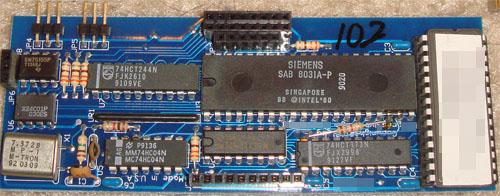Good guesses from everyone who played last month! Frankly, when I got this user-submitted ware, I was stumped myself. I was thinking nobody would guess it exactly, but the last entry from Keegan is dead-on correct: it is a touch screen lighting control console, by ETC Products. A lot of people had guessed home automation or HVAC controls, and in fact they were quite close to being correct with those guesses. What I want to know is how did Keegan know this:
“Unison has a unique labeling style (everything has a ‘Tested By’ sticker, every programmable chip has a thermal label with version and checksum)”.
That’s a very interesting piece of knowledge, and a great clue. Good job! email me to claim your prize.
Thanks everyone for playing!



